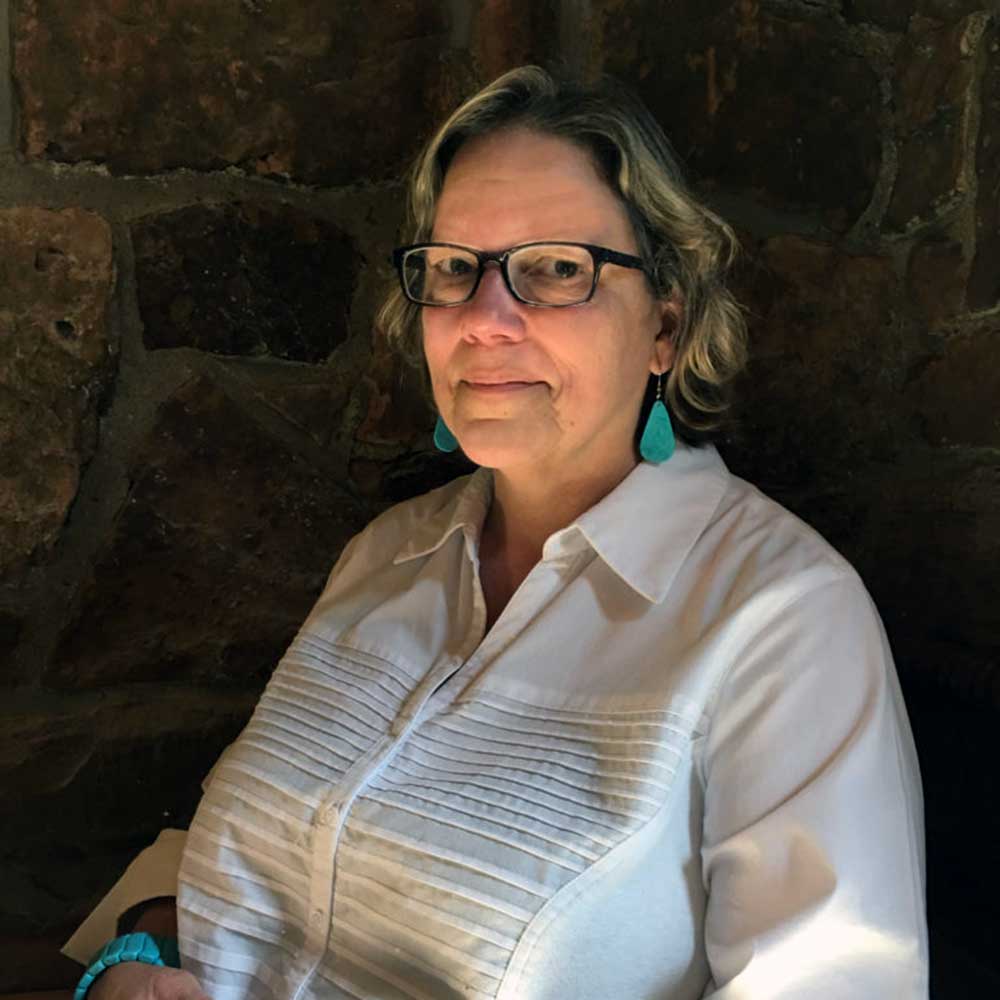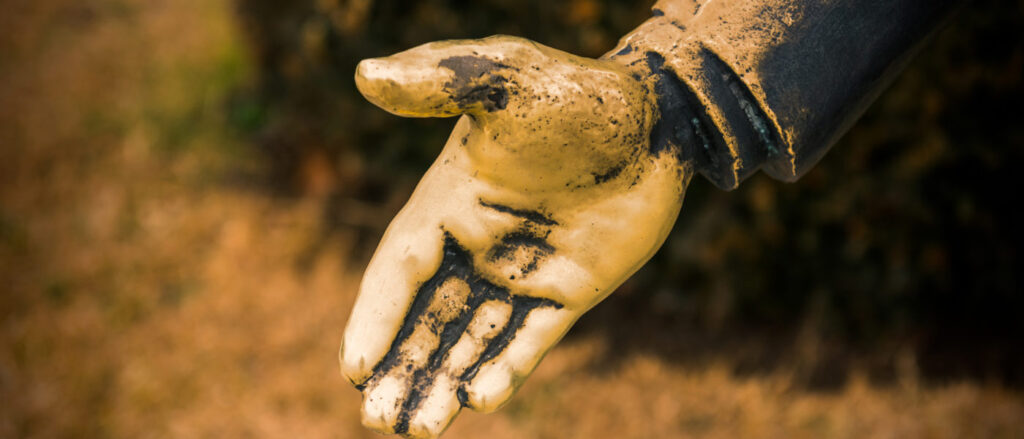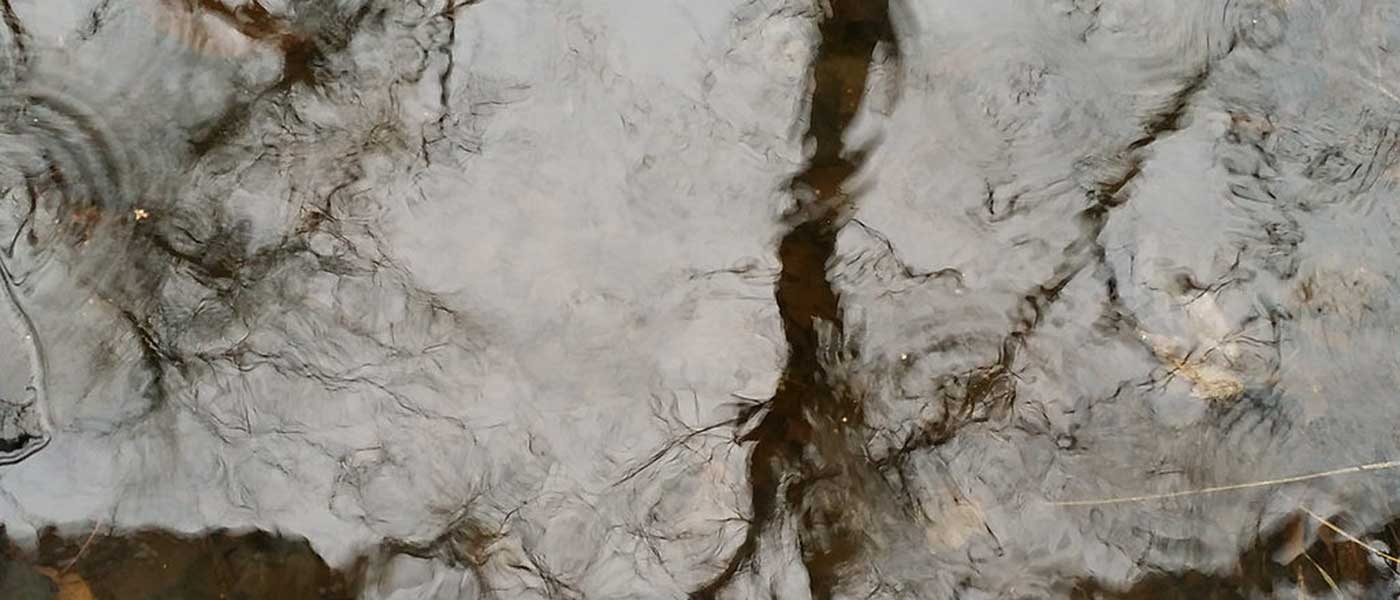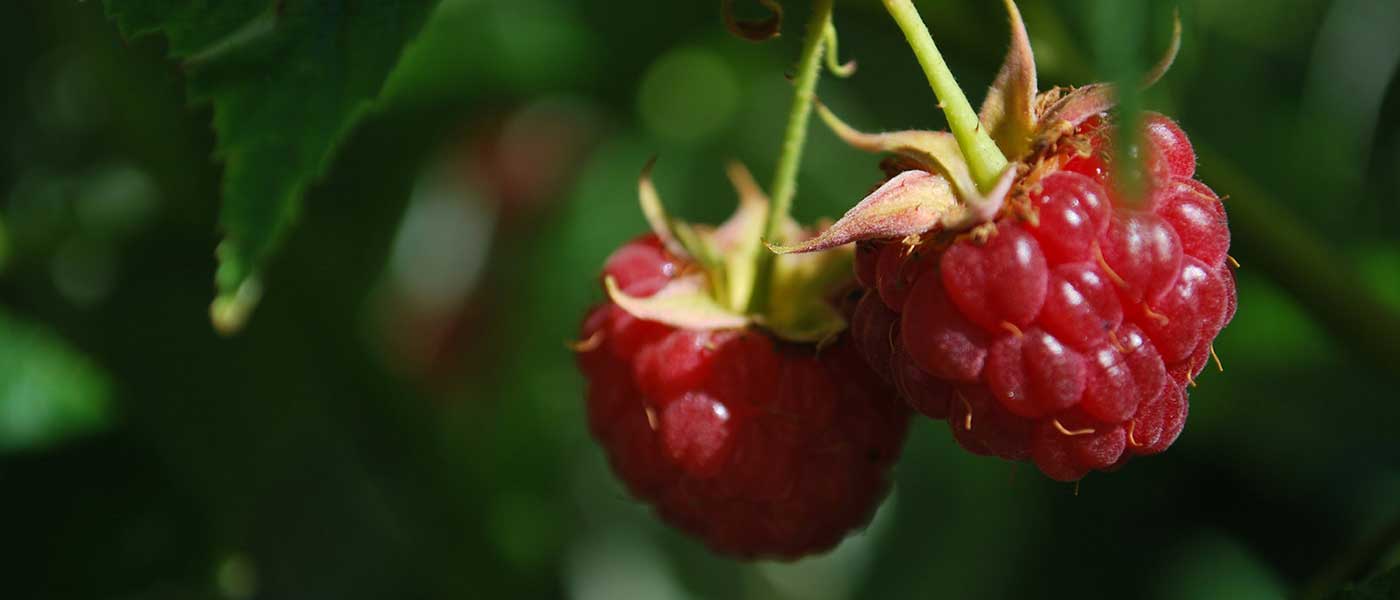I carry a large box to the post office on Sixth Street making my way up the few stairs. The red brick building is small-town Midwest, and I might have first come here as a child with my aunt, when she came to Pawhuska for her quarterly check. One of the first sentences I learned in Osage was “When is payment?” We laughed, in spite of the stereotypes about Indians and money. Non-Native people joke about Indian spendthrifts waiting for government payouts or the imaginary windfalls Natives receive from the federal government. Osages, shareholders in the mineral resources under our reservation in northeastern Oklahoma, have been the butt of jokes since the 1920s, when the New York Times photographed traditional blanket-wearing Osages being driven in Pierce Arrows by their white chauffeurs. Osages have ridden the boom and bust cycles of oil production along with the State of Oklahoma and the world, but even now, there’s excitement when times are good. When the price of oil per barrel is high, Osage shareholders buy a new car or something special.
For white people who don’t have enough money of their own, living in a culture that says there’s never enough, a rich Indian is an affront. When Osages assert the Nation’s sovereignty, negotiating taxes on tobacco products or car tag sales, for example, white neighbors resist. These attitudes are background noise in local conversation and emanate from social media and the comments section of The Daily Oklahoman. It’s easy to imagine these settlers riding to the camps to kill all the indigenous people they can find.
I lean into the door with my arms stretched wide around the box that I’m mailing home. It holds a new shawl, my Indian clothes and the green Pendleton blanket Wendy Ponca designed for the Indian College Fund in the 1970s. Wendy echoed the hands appliquéd on the heirloom blankets that women wear on Sunday during the I’lon shka dances. This June, I’ve been on the reservation for the dances and the Osage election.
In the post office, several white-looking women in line talk to a tall blond man wearing blue jeans, a work-shirt, and a straw Stetson. There’s a Depression-era WPA mural on the wall above a rack of greeting cards, tape, and packing supplies. In the mural Chief Bacon Rind stands on the left, wearing his customary bandeau and a deep blue blanket that contrasts the sandy-reddish desert palette. An Osage sitting in the foreground is loosely wrapped in a wool blanket. In Oklahoma, people still call Indians blanket asses. Indians are also said to go back to the blanket. For me, that carries a note of wistfulness, as if the person knew what she wanted and made it happen.
A white man in the mural with his back to the viewer holds two grazing horses while he shakes the chief’s hand. The handshake confirms a grazing lease for rich bluestem grass. The Quaker agent, Laban Miles, has placed his hand on the chief’s as if to ratify the deal.
We move a step closer to the counter, and one of the women asks the cowboy, “How’d you do?” He turns slightly, and I recognize Chuck, a candidate for Osage Congress whom I haven’t met. About 2,000 Osages live in Osage County out of a total of about 20,000 across the United States. Osages come from across the country to join a core group at home for traditional dances. Chuck is a French-Osage descendent; his campaign literature painted him as a wholesome rancher and family man, but it didn’t say he participates in the In-lon-shka. Most candidates’ literature features at least one portrait in traditional clothes. He smiles at me and tells the woman that he didn’t do so well. She murmurs in sympathy.
“All the incumbents are back on,” he says.
“Gaw, I thought you people were ready for a change. That crew—”
She doesn’t know she’s gossiping in front of an out-of-town Osage. People in town keep an eye on the Nation, the area’s biggest employer. I wonder if I should say something.
On the right side of the mural, a group of Osage men sit on the ground. One is tall with a buffalo robe draped loosely around him, his bare chest outlined in some detail. The robe indicates this is an early negotiation, before trade goods were in circulation. If he and his companions weren’t so serious, he would look like the cover of a savage romance. He’s supposed to look majestic; the Osage men the first settlers encountered were often 6’5 to 7’ tall. Thomas Jefferson called Osages “certainly the most gigantic men we have ever seen.”
You wouldn’t assume Chuck is Indian, but there are blond Osages, just as there are brown-eyed, dark-haired Osages like me.
“I gave it a good try,” he says. He catches my eye, and I give a small smile.
Olive Rush was an artist living in Santa Fe when she got the commission for this mural from the WPA. She has drawn the two agreements, a grazing rights lease on the reservation and an earlier treaty negotiation in which we were compelled to give up millions of acres of ancestral land as if they were equivalent. At some distance behind the two groups of men, an Osage woman and her child sit under an arbor. They appear smaller than scale, and their features are indistinct. If Osage men were seen as imposing specimens by explorers and politicians, indigenous women were described as beasts of burden, as if a gendered division of labor was unfamiliar to Europeans.
Although the WPA commissioned Native artists, like Woody Crumbo, who painted The Rainbow Trail for Nowata, most Western post offices have murals by white artists. The WPA’s Sector of Fine Arts was determined not to “continue or abet any racial prejudice.” The artists were informed, “massacres are out.” And so the series ended up with murals celebrating the inexorable rise of settlers via cheerful displacements. In the mural in Cordell, Oklahoma, an Indian rides his pony off the right side of the canvas while a settler follows with cattle and a plow, the wall of his cabin almost touching a teepee. At least there are more Osages than whites in our mural, even if they are working to accommodate an army of intruders.
The door to the post office opens and my cousin says “Hey, Ruby,” in his slightly nasal voice. He’s just been re-elected to the Osage Congress. He tells Chuck he did well, and then he wants to know how long I’m staying. The white woman concerned about Osage politics turns and her small smile stiffens in place.




